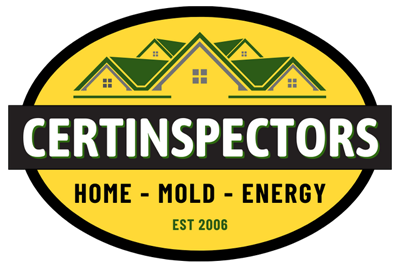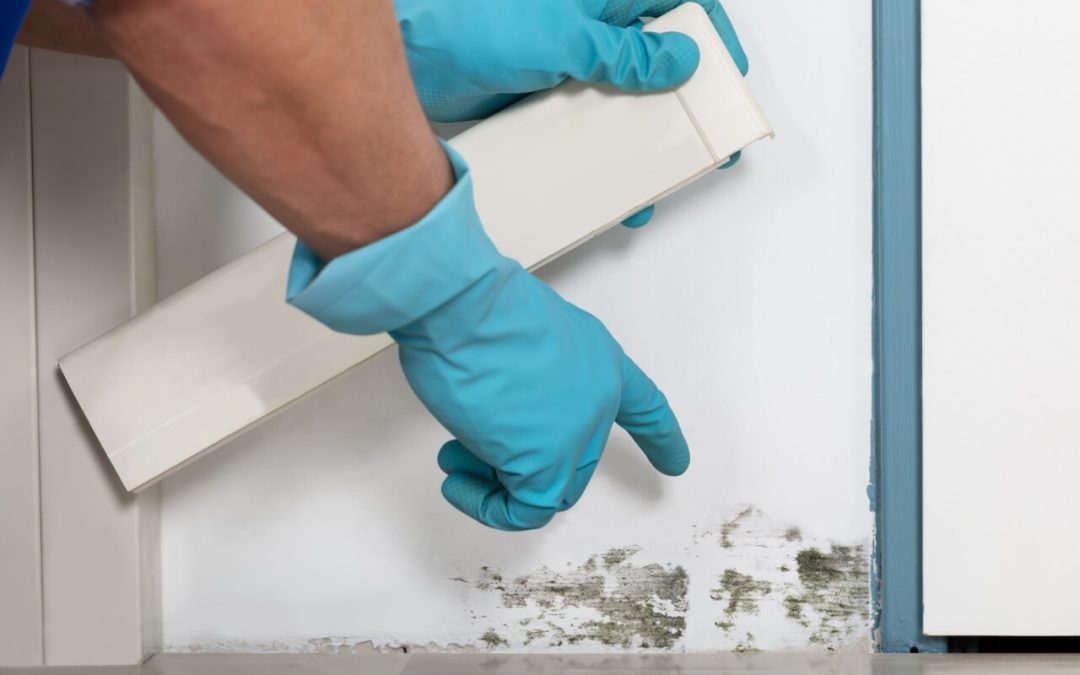In its natural environment, mold contributes to the decomposition of organic materials. Indoors, mold causes stains and damage to your property. It also affects the condition of the indoor air and, without timely and proper removal, mold can lead to an unsafe living environment. As a homeowner, you should be aware of these signs of mold in the home.
How Does Mold in the Home Develop?
The growth of mold happens when moisture is present in an area. It only takes 24 to 48 hours for mold to begin to form. In a home, excess moisture can be caused by an undetected leak in the plumbing, a crack in the home’s foundation letting water seep in, high humidity, a damaged roof, or an exterior obstruction that is re-routing water into the home.
In many of these cases, you may notice the formation of water stains, a musty smell, or discoloration of an area. When mold first begins to develop, it is still in a microscopic form and invisible to the human eye, so some initial signs of mold growth can be difficult to detect. There could also be a damp smell from air ducts when heat or air conditioning is turned on, indicating mold in the home.
Inspecting for Signs of Mold Growth
When looking for mold in the home, it is important to examine areas where mold is likely to grow and might go undetected. Below is a list of places where mold growth is common.
• Areas that have experienced water damage
• Drywall that has come in contact with water
• Ceiling tiles that show signs of staining
• The underside of carpets
• Ventilation ducts
• Behind refrigerators, stoves, and other appliances
• Any stacked porous materials such as cardboard, newspapers, magazines, and books
• Behind drywall that houses plumbing lines
• Below each sink in bathrooms, the laundry area, and kitchen
Mold Remediation
If you determine mold is present, choose a professional to perform mold remediation. A professional will remove the mold growth and can recommend ways to help prevent mold in the future. Remediation usually involves the following steps.
Step 1:
• Inspection of the property for visible signs of mold
• The use of mold-detecting tests to determine the growth of microscope mold
Step 2:
• Containing the mold to prevent its spread, including actual physical barriers and the use of negative air pressure to deter mold development
Step 3:
• Cleaning and removal of mold from surfaces in the home
Step 4:
• Using air filtration equipment to clean the air and following up with OSHA-standard vacuums to remove leftover mold residue
Step 5:
• Disposal of mold-infested materials, including drywall, carpet, subfloors, and other porous materials
Step 6:
• The use of anti-fungal and anti-microbial solutions for sanitizing surfaces where mold was present and could form again
• Fogging equipment to help with odor removal
Step 7:
• Determining what can be safely restored including furniture, curtains, clothing, and building materials
• Repairs to drywall, carpet installation, and painting
The key to preventing mold growth in your home is to keep your home clean and dry. Inspect the places it may occur regularly and remove it as soon as it is found. This will protect everyone from mold-related health hazards and major home repairs associated with moisture and mold.
Certinspectors provides home inspection services, including mold assessments, for customers in the Hudson Valley of New York. Contact us to book our services.

